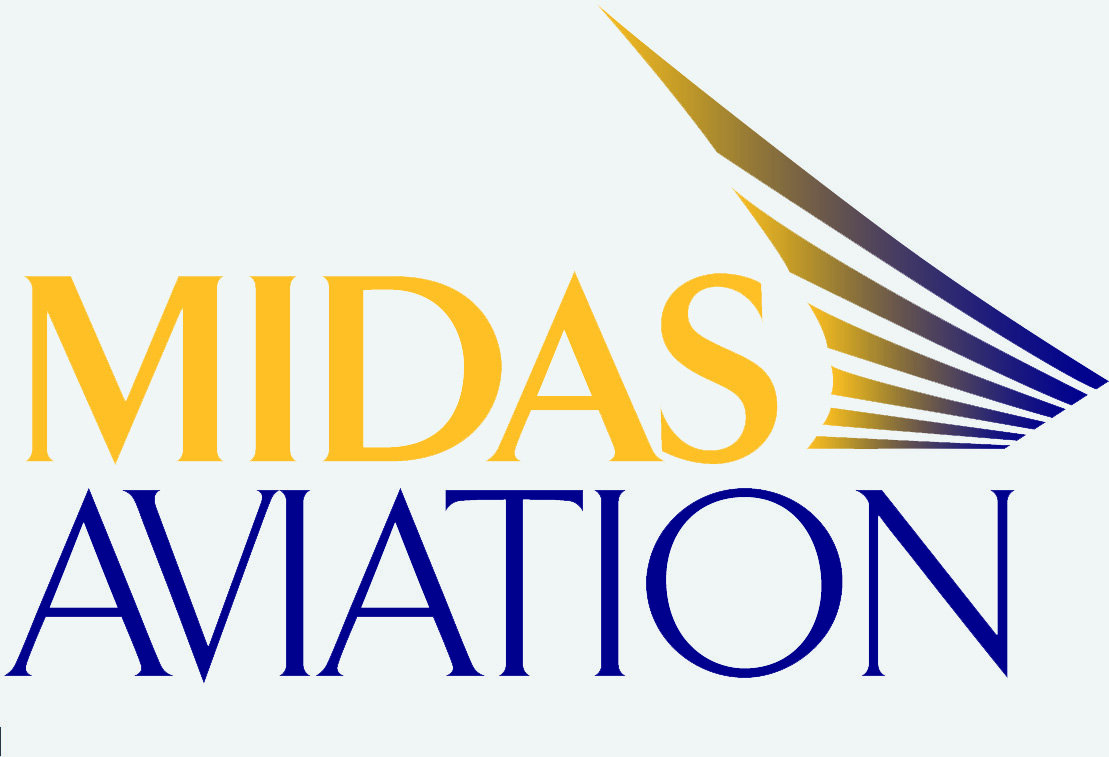Chinese Carrier Consolidation – Gaining Soft Power
COVID-19 changes everything – or does it?
Those of us working in aviation have seen all we knew apparently swept away as airline schedules have been dismembered, leaving only skeleton services through April and May and for who-knows-how-much-longer. There is much talk of a ‘new normal’ and commentators – including us – guessing what that might look like.
Despite everything, it would probably be a safe bet to say that Chinese aviation will come through this. We are already seeing the advantages of having a massive domestic market, and the role that plays in ensuring airlines can keep flying. Over the past 10 years we have seen the big Chinese players move up the global rankings and with the boom in Chinese outbound travel that was taking place pre-covid-19, the expectation was that this would continue.
There has been talk of airline consolidation in China for some time; will the current situation be the trigger for that, and an opportunity for China to exert its ‘soft power’ in the aviation arena? Various mergers and takeovers are possible, many of which might involve combinations of one of the three large Chinese airlines with smaller airlines. But what is a merger occurred between some of the larger airlines, moving China’s standing up in the world of global aviation?
While it is almost impossible to predict airline passenger or capacity volumes for the coming months and years, we can still do a hypothetical analysis of what some of these merger scenarios might do based on airline size and world ranking last year. In 2019, China Southern (CZ), the biggest of the Chinese airlines, ranked 6th largest in the world in terms of capacity (seats). China Eastern (MU) ranked 7th, Air China (CA) was in 9th place and Hainan Airlines (HU) placed 22nd. At the top of the tree were the four big US airlines, American Airlines (AA), Delta Air Lines (DL), Southwest Airlines (WN) and United Airlines (UA). Ryanair (FR) stood between them and the Chinese carriers.
So, based on last years’ capacity, what combination of mergers would add most to China’s soft power? The table below combines capacity for different combinations of the four major Chinese airlines and shows what their rankings would have been based on this.
Consolidation often involves a stronger airline with a weaker airline and with the known issues around Hainan Airlines it would be easy to envisage Hainan Airlines being acquired by one of the larger carriers. This could move the largest Chinese airline into 5th position globally, depending on which airline acquired it. A combination of any two of the three largest Chinese airlines enables China to boast that it has an airline move into 3rd, 2nd or even 1st place. Based on 2019 capacity, an airline made from a combination of China Southern and China Eastern could be the largest airline in the world.
Of course, a merger wouldn’t generate capacity in this simplistic way as there would be some rationalisation of the route networks but in 2019, China Southern and China Eastern together operated 13% more capacity than American Airlines, the next biggest airline.
This is all hypothetical. Mind games. None of us know which airlines will survive the current crisis, how fast passenger demand will return and what airline route networks will look like in a years’ time. It is enough, however, to make us ask whether we might just see such a bold move by China which would be consistent with their long term trajectory.
-Becca Rowland


